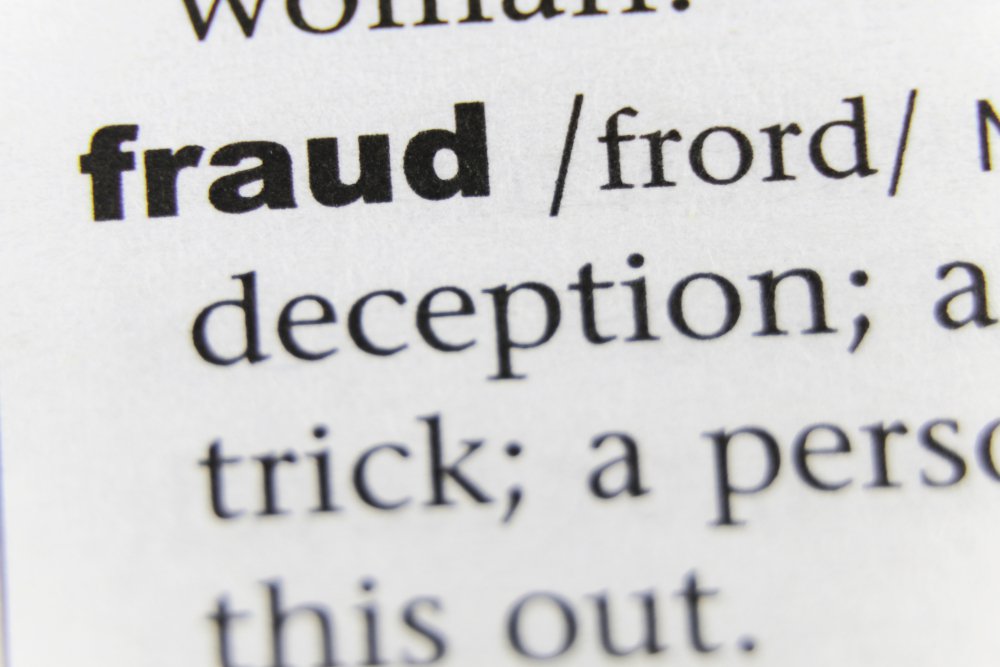Commercial general liability (CGL) policies protect your business from claims of bodily injury or property damage arising out of an occurrence, or accident. However, liability policies generally exclude coverage for injury or damage that results from intentionally harmful acts. Since intentions are not always clear, courts often must make a determination if there was intent to harm.
Intent to Harm
When damage is caused by inherently harmful acts, most courts will infer intent to injure in cases where the insured’s actions were “particularly reprehensible”1or “substantially certain to result in injury.”2 The subjective intent of the insured is not relevant to the finding. As one court stated, “[T]he more likely harm is to result from certain intentional conduct, the more likely intent to harm may be inferred as a matter of law.”3 Another court stated that an act cannot be accidental when it is so inherently injurious that “it cannot be performed without a certainty that some injury will result.”4 The court stated that this test should be applied based on what a reasonable person would expect if he were in the position of the insured.
A small number of courts have a lower threshold for a finding of intent to harm. These courts readily infer intent when it is foreseeable that an insured’s actions may result in injury or damage.
When the Injury Is Unexpected
Two state Supreme Courts recently ruled on whether an intentional assault can be considered an “occurrence” if the resulting injuries were allegedly not intended or anticipated by the insured. In Delaware, a young woman and another classmate beat a third classmate in their high school bathroom, and the third classmate later died. Her death was attributed in part to the beating but also to a previously unknown underlying heart problem. The Delaware Supreme Court held that whether a death is accidental – and therefore covered under insurance – must be viewed from the perspective of the insured. The court determined that the insured intended to inflict some degree of harm on her classmate, which meant the attack qualified as an intentional assault and did not warrant coverage. To find in favor of the insured would have subverted “the well-established common law principle that an insured should not be allowed to profit, by way of indemnity, from the consequences of [her] own wrongdoing…,” the court said. In rejecting that the resulting death was accidental because it was not foreseeable, the court stated, “[T]he question is whether events that caused her death were accidental, not whether the death itself was an accident.”5
Similarly, the Supreme Judicial Court of Maine weighed a case of assault in which two students caused serious injuries, including a broken jaw, to another student. Overturning a lower court that held the insured did not intend the extent of injury he caused, the court stated, “The ‘I hit him on purpose, but didn’t intend to hurt him that badly’ excuse cannot, as a matter of common sense or public policy, be invoked to shift the actor’s personal responsibility onto an insurer who issues a general policy indemnifying a policyholder against his negligent acts.”6
Courts have inferred an intent to harm – and therefore held that insurance coverage was barred – in a broad range of cases beyond physical assault. For instance, intent to harm has been inferred in cases involving intentional dumping of hazardous waste into the environment,7 the wrongful termination of employees,8 acts of sexual harassment9 or racial harassment,10 and commission of antitrust violations.11
If you have questions about what’s covered under your business insurance policies or you are involved in a dispute with your business insurance company, contact Schwartz Conroy & Hack. We have the expertise, experience and tenacity to make sure insurance companies keep their promises to you and your business.
1 Voorhees v. Preferred Mut. Ins. Co., 128 N.J. 165, 184, 607 A.2d 1255, 1265 (1992)
2 Loveridge v. Chartier, 161 Wis. 2d 150, 166-70, 468 N.W.2d 146, 150-51 (1991)
3 K.A.G. v. Stanford, 148 Wis. 2d 158, 165, 434 N.W.2d 790, 793 (Ct. App. 1988), review denied, 439 N.W.2d 142 (Wis. 1989)
4 Energynorth Natural Gas, Inc. v. Continental Ins. Co., 146 N.H. 156, 162, 781 A.2d 969, 973 (2001)
5 USAA Casualty Ins. Co. v. Carr, No. 273, 2019 (Del. Jan. 29, 2020)
6 Vermont Mutual Insurance Co. v. Ben-Ami, 193 A.3d 178 (Me. 2018)
7 Travelers Ins. Co. v. Waltham Indus. Labs. Corp., 883 F.2d 1092, 1099 (1st Cir. 1989)
8 B & E Convalescent Ctr. v. State Compensation Ins. Fund, 8 Cal. App. 4th 78, 97-99, 9 Cal. Rptr. 2d 894, 907-08 (2d Dist. 1992)
9 Smith v. Animal Urgent Care, Inc., 208 W. Va. 664, 669-71, 542 S.E.2d 827, 832-34 (2000)
10 Allstate Ins. Co. v. Tankovich, 776 F. Supp. 1394, 1397-99 (N.D. Cal. 1991)
11 Trailer Marine Transp. Corp. v. Chicago Ins. Co., 791 F. Supp. 809, 812 (N.D. Cal. 1992)

